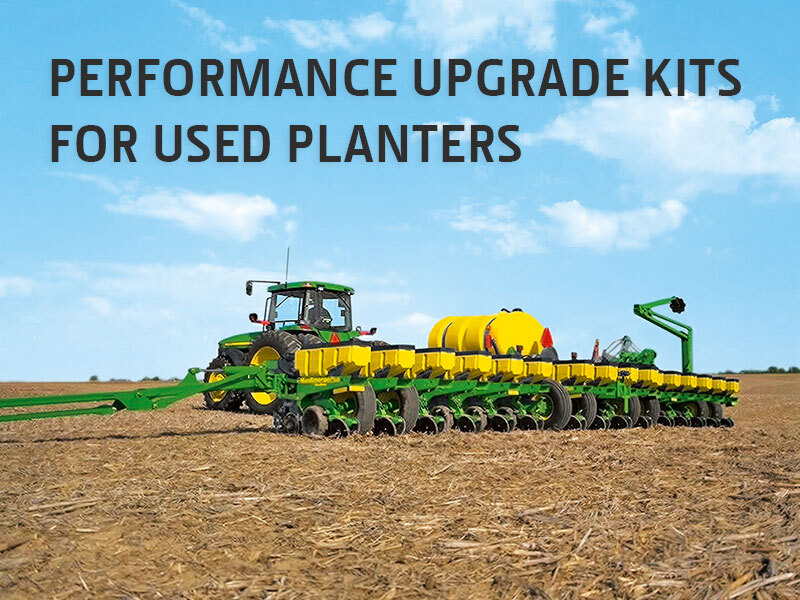Model Search
MachineFinder, John Deere and the associated trademarks are property and available
only for the specific use of Deere & Company. All Rights Reserved. 2007-2025
Country / Language
MachineFinder is available in {{slide_in_offer.country_label}} / {{slide_in_offer.language_label}}
Yes, go to {{slide_in_offer.country_label}} / {{slide_in_offer.language_label}}
No, stay here
You can also change your country and language at any time using MachineFinder "Settings".
LISTS


